Hotel Crystal Ganga Heights
Haridwar
Haridwar is an ancient city and important Hindu pilgrimage site in North India's Uttarakhand state, where the River Ganges exits the Himalayan foothills. The largest of several sacred ghats (bathing steps), Har Ki Pauri hosts a nightly Ganga Aarti (river-worshipping ceremony) in which tiny flickering lamps are floated off the steps. Worshipers fill the city during major festivals including the annual Kanwar Mela.
Guptakashi, Gupta Kashi or Guptkashi is a fairly large town located at an elevation of 1,319 metres in the Kedar-khanda, in Garhwal Himalayas of Rudraprayag district in Uttrakhand, India. It is known for its ancient Vishwanath Temple dedicated to the god Shiva, which is similar to the one in Varanasi.
Kedarnath is a town in the Indian state of Uttarakhand and has gained importance because of Kedarnath Temple. It is a nagar panchayat in Rudraprayag district.
Badrinath is a holy town and a nagar panchayat in Chamoli district in the state of Uttarakhand, India. It is one of the four sites in India's Char Dham pilgrimage and gets its name from the temple of Badrinath.
Srinagar is municipal board in Pauri Garhwal district in the Indian state of Uttarakhand.
Rishikesh is a city in India’s northern state of Uttarakhand, in the Himalayan foothills beside the Ganges River. The river is considered holy, and the city is renowned as a center for studying yoga and meditation. Temples and ashrams (centers for spiritual studies) line the eastern bank around Swarg Ashram, a traffic-free, alcohol-free and vegetarian enclave upstream from Rishikesh town.
 Meals
Meals
 Transfers
Transfers
 Stay
Stay
 Dinner
Dinner
On arriving at New Delhi our representative will welcome you (Early Morning 4:00 AM) and will transfer you to Haridwar .On reaching Check in to Hotel refresh yourself and Later visit Mansha Devi , Chandi Devi , Harki pauri ghat and Later overnight stay at Hotel.
 Meals
Meals
 Sightseeing
Sightseeing
 Breakfast
Breakfast
 Transfers
Transfers
 Stay
Stay
 Dinner
Dinner
Morning after breakfast, drive to Guptkashi via Rudraprayag & Devoprayag. Enroute you can see the beautiful river Mandakini at Tilwara. The Mandakini river comes from Kedarnath, drive alongside the river to reach Guptakashi, visit Ardh Narishwar Temple in Guptakashi. Check into the hotel arrival in Guptakashi. Overnight stay at Guptakashi. Guptakashi:- The name Gupt Kashi means “Hidden Benares. Mythology describes how when the Pandava brothers were searching for a glimpse of Shiva, Shivji first concealed himself at Guptkashi, but later fled from them further up the valley to Kedarnath, where the Pandavas finally got their wish fulfilled. There are more tangible connections as well-the Kedarnath pandas (priests) live in Guptkashi during the winter months, and after the Kedarnath temple closes for the winter, the image of Kedarnath passes through Gupt Kashi on its way to Ukhimath (across the valley), where it stays for the winter. Guptkashi Weather – pleasant in summer, the temperature ranges from 25-30 degree Celsius. Cold in winters.
 Meals
Meals
 Sightseeing
Sightseeing
 Breakfast
Breakfast
 Transfers
Transfers
 Stay
Stay
 Dinner
Dinner
Morning after breakfast drive to Gaurikund, start your trek from Gaurikund to Kedarnath (by Pony / Doli / Helicopter at your own cost). Visit Kedarnath Temple. Overnight stay at ashram in Kedarnath ji. Note : Kedarnath stay is with only Room No food will be given due Govt ashram accommodation . Kedarnath: The Kedarnath shrine, one of the 12 jyotirlingas of Lord Shiva, is a scenic spot situated, against the backdrop of the majestic Kedarnath range. Kedar is another name of Lord Shiva. According to legend, the Pandavas after having won over the Kaurava in the Kurukshetra war, felt guilty of having killed their own brothers and sought the blessings of Lord Shiva for redemption. He eluded them repeatedly and while fleeing took refuge at Kedarnath in the form of a bull. On being followed he dived into the ground, leaving his hump on the surface. The remaining portions of Lord Shiva appeared at four other places and are worshipped there as his manifestations. The arms appeared at Tungnath, the face at Rudranath, the belly at Madhmaheshwar and his locks (hair) with head at Kalpeshwar. Kedarnath and the four above-mentioned shrines are treated as Panch Kedar. Kedarnath Weather – Due to its high altitude the weather in Kedarnath remains cold for most part of the year. Summer here is cool and pleasant while winter is severe. During summer season the temperature varies around 20°Celsius. Light woolen wear is recommended. Winter season in Kedarnath is severe with mercury falling to as low as 0°Celsius. During this time the place experiences snowfall as well. Due to the extreme climatic conditions, this time is usually avoided by tourists.
 Breakfast
Breakfast
 Transfers
Transfers
 Stay
Stay
 Dinner
Dinner
After temple Darshan trek down to Gaurikund. Later drive to Guptkashi. Overnight stay at Guptakashi.
 Meals
Meals
 Sightseeing
Sightseeing
 Breakfast
Breakfast
 Transfers
Transfers
 Stay
Stay
 Dinner
Dinner
Morning after breakfast, drive to Badrinath. Check in to the hotel arrival in Badrinath. Pilgrims after having a bath in the Taptkund have the Darshan of Badrivishal & Aarti in evening. Brahamakapal is significant for Pinddan Shraddh of ancestors (Pitrus). There are other interesting sightseeing spot like Mana, Vyas Gufa, Maatamoorti, Charanpaduka, Bhimkund and the “Mukh” of the Saraswati River. Just within the three kms of Badrinathjee. Overnight stay at Badrinath. Badrinath one of the ‘Ancient Four Dhams’ is one of the most celebrated pilgrimage spots of the country and is situated at an elevation of 3,133 meters, guarded on either side by the two mountain ranges known as Nar & Narayan with the towering Neelkanth Peak providing a splendid backdrop. This revered spot was once carpeted with wild berries. Thus the place got the name “Badri van”, meaning “forest of berries”. Tapt Kund : Natural thermal springs on the bank of the river Alaknanda, where it is customary to bath before entering the Badrinath temple. Mana Village: Inhabited by an Indo-Mongolian tribe, it is the last Indian village before Tibet. Vasundhara: As the name suggests, vasundhara is a magnificent water fall. This place is 5 kms. from Badrinath out of which 2 kms. is motorable upto Mana. Bhim Pul : On the other side of Mana village, a massive rock forming a natural bridge, lies over the roaring Saraswati river. It presents a spectacular view of water thundering down through the narrow passage under the rock and is believed to have been placed there by Bhim, the second eldest among the five Pandava brothers. Vyas Gufa (cave): Near Mana Village, this is a rock-cave where Ved Vyas is believed to have composed the Mahabharata and the pauranic commentaries. Badrinath Weather: The average maximum temperature will be around 18° Celsius and the average minimum is 8° Celsius. Warm and woolen clothes are hence required for a stay in Badrinath throughout the year. Winter in Badrinath is often accompanied by snow falls. Winter is very chilly with an average temperature of 5° Celsius. Due to the extreme climatic conditions, this time is usually closed for tourists.
 Meals
Meals
 Sightseeing
Sightseeing
 Breakfast
Breakfast
 Transfers
Transfers
 Stay
Stay
 Dinner
Dinner
Morning after breakfast, driver for Rudraprayag via Joshimath. Visit on the way Narsingh Temple in Joshimath later drive back to Rudraprayag via Joshimath. Check into the hotel arrival in Rudraprayag. Overnight stay at Rudraprayag. Joshimath is situated on the slopes above the confluence of the rivers Alaknanda and Dhauliganga. Of the four ‘Maths’ established by Adi Shankaracharya, Joshimath is the winter seat of Badrinath. The idol is brought down to Joshimath and installed in the temple for people to worship. There are many other temples in the township. The most important is the temple of Nir Singh with the idol of Lord Vishnu. The left arm of this deity is getting destroyed with time and the popular belief holds that the day the arm completely withers Badrinath valley will cease to exist and the Gods will transfer the residence into the neighboring Niti Valley at Bhavishya Badri. Rudraprayag is one of the Panch Prayag (five confluences) of Alaknanda River. It is confluence of rivers Alaknanda and Mandakini. Kedarnath, a Hindu holy town is located 86 km from Rudraprayag.
 Meals
Meals
 Sightseeing
Sightseeing
 Breakfast
Breakfast
 Transfers
Transfers
 Stay
Stay
 Dinner
Dinner
After breakfast Check out from Hotel and transfer to Rishikesh. On reaching Check in to Hotel and Refresh yourself and Later visit Ram Jhula , Laxman Jhula , Ganges of Ganga and later overnight stay at Hotel.
 Meals
Meals
 Sightseeing
Sightseeing
 Breakfast
Breakfast
 Transfers
Transfers
 Stay
Stay
 Dinner
Dinner
After early breakfast checkout from Hotel and Transfer to Lal Chatti for Adventerous Activities (Tickets Own Cost) and Later Transfer to Haridwar for an Overnight stay at Hotel.
 Breakfast
Breakfast
 Transfers
Transfers
After breakfast checkout from Hotel and transfer to Delhi for drop.
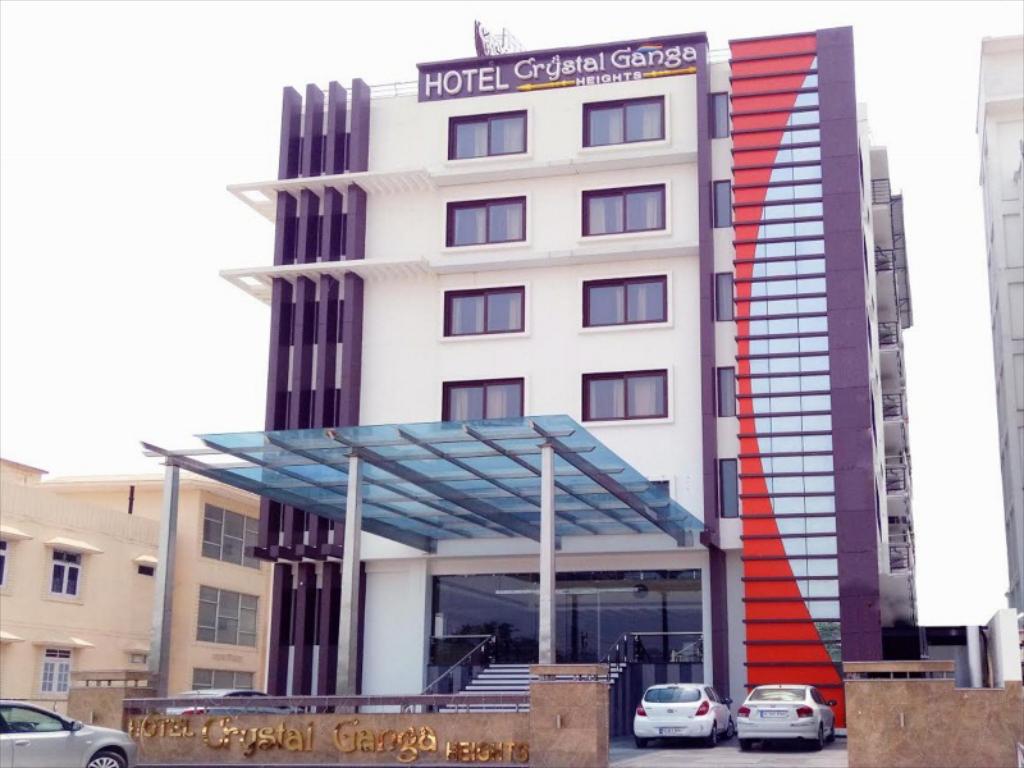
Haridwar
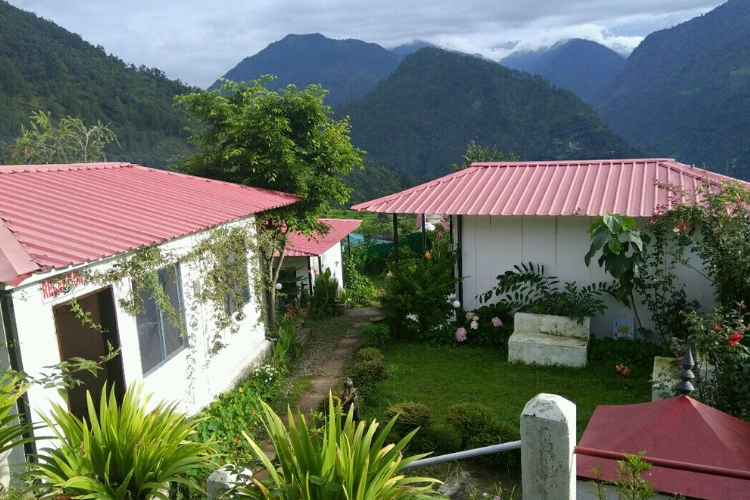
Guptkashi
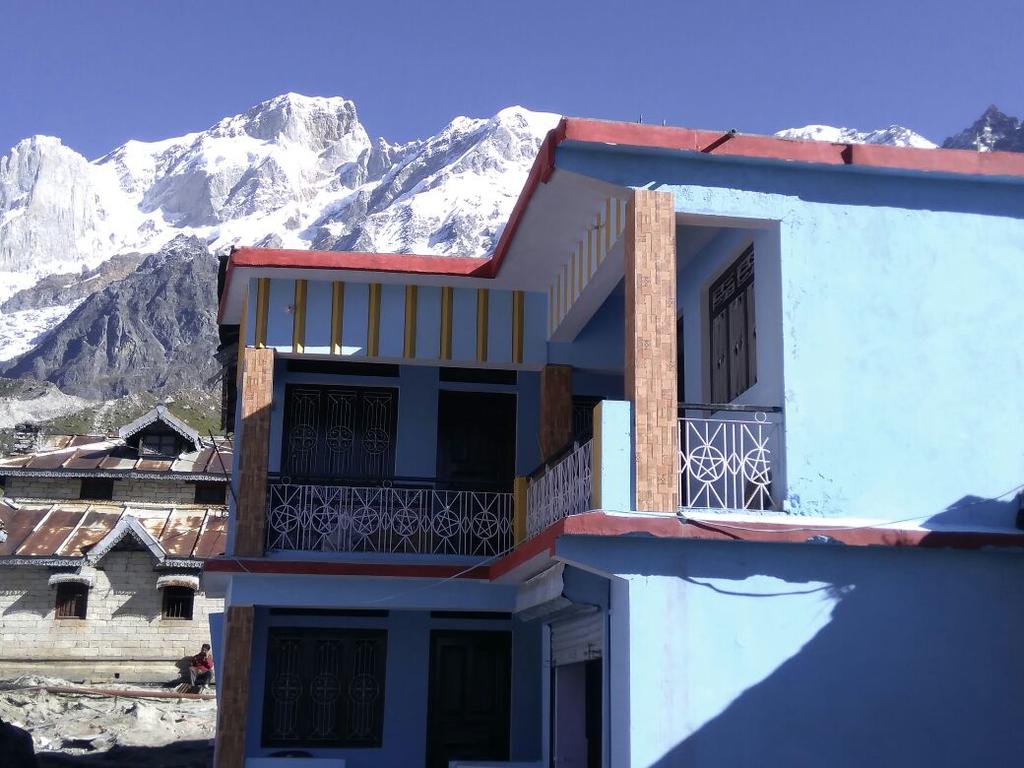
Kedarnath
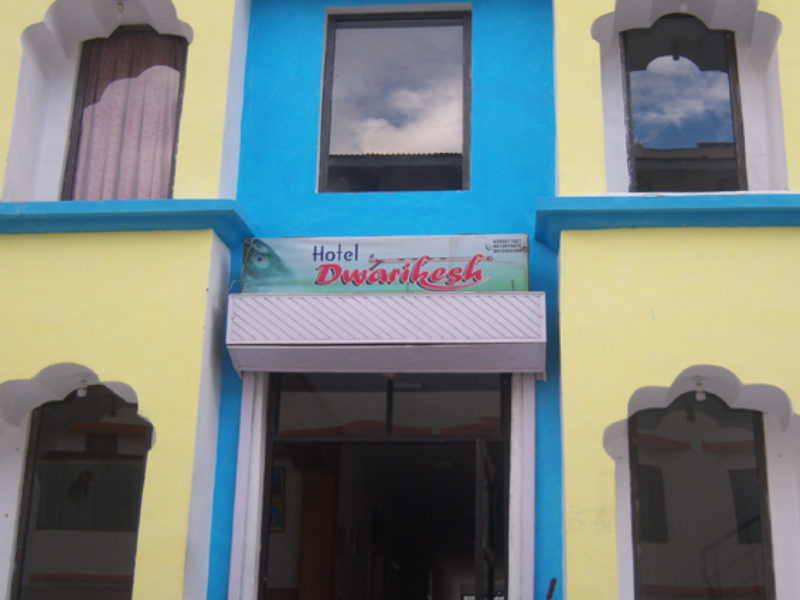
Badrinath
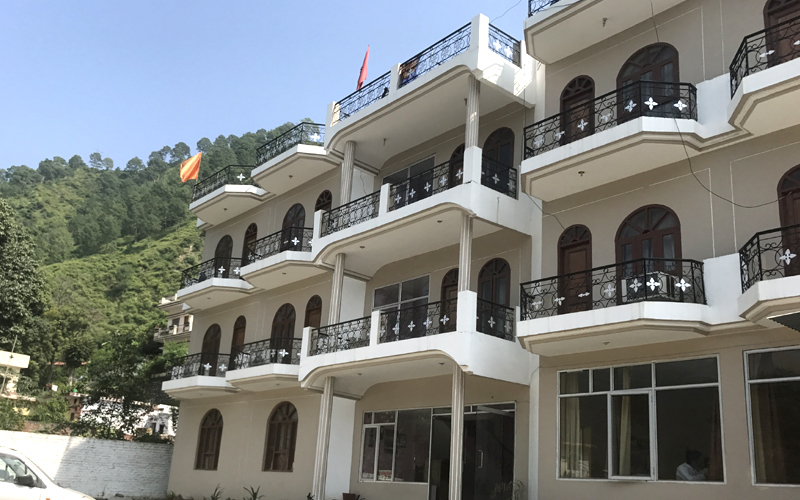
Srinagar
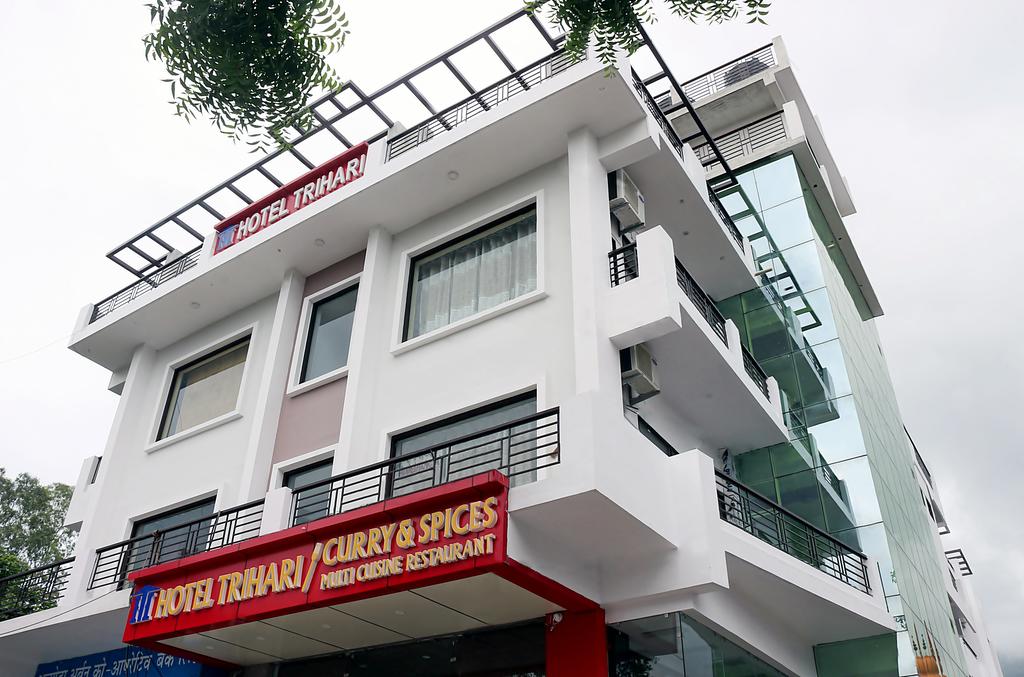
Rishikesh
 Stay
Stay
 Meals
Meals
 Sightseeing
Sightseeing
 Flight
Flight
 Transfers
Transfers
 Breakfast
Breakfast
